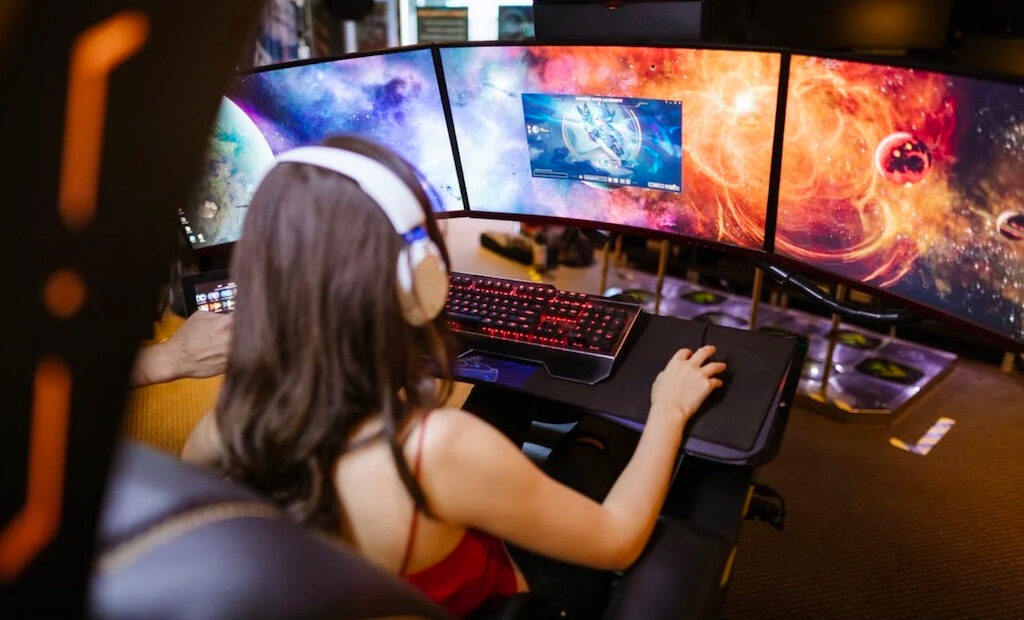Gaming trends for the new year

The digital games industry continues to grow, both in terms of profit and in terms of popularity. As people are in many cases still staying at home due to the pandemic, the growth is set to continue, and new gaming trends are emerging to change the face of the industry. Video gaming technology is present in almost every sector and household, with fresh content that is constantly evolving.
This article gives an idea of some of those trends and their impact.
Video game streaming
Video gaming has become so popular that some fans will happily simply watch others play, whether for entertainment or expert tips. Twitch and YouTube are the largest platforms, with esports viewers spending billions of hours watching content. Video streams don’t only include live professional competitions – game testing or walkthroughs are also very popular.
Streamers can receive donations from viewers and gain income from ads and sponsored advertising. Experts believe that China will dominate the game streaming market, with platforms such as YY Live (Huya) and Douyu teeming with users (Huya’s monthly active users has reached over 100 million.
Online gaming
Of course, there’s also a booming market for online gaming, with a multitude of options that range from FIFA to Facebook and free slots no deposit. The technology allows an international community of gamers to play remotely. Experts predict that in 2022 the global gaming market will explode.
The Covid-19 pandemic has had a hand in the increased popularity in online gaming. Through digital technology, it’s become more accessible than ever before. The phenomenon has reached its highest peaks in Europe, and the UK is the largest and most active market. The fastest growth when it comes to online gaming is in China.
Social impact
The option to socialise within games has become increasingly ubiquitous, and that’s especially appealing for users at a time when in-person socialising is limited and people turn to alternatives ways to fulfil their social needs. The social aspect isn’t restricted to in-game chats and clan interfaces – it also includes social interactions between end-users and developers, who benefit from having a lively community of users who collaborate on improving gaming features and experiences.
When players make friends within a game, naturally the result is that they spend more time in-game, which translates to longer subscriptions and more monthly active users, so it’s an aspect that’s being nurtured by gaming companies. With social structures continuing to mutate alongside the virus, more and more games are increasing the social aspects of the gaming experience, and more gaming communities are emerging all the time.
High-spec mobile gaming
Great graphics are a huge factor in an engaging gaming experience, and naturally developers in the console and PC market have focused more and more on creating ultra-realistic graphics. In recent years, the mobile gaming market has seen enormous growth, and so high-fidelity gaming has begun to follow suit.
To classify as “high-fidelity”, a game must have advanced 3D graphics, including high vertex counts and complex shading, and it must involve gameplay with a heavy requirement for GPU. China has led the way so far with high-spec mobile gaming innovations, with Huawei and other compatriot phone brands racing to deliver ultra-high graphics performance to accommodate them. The race between software and hardware is great for business and also for gamers.
The editorial unit























Facebook
Twitter
Instagram
YouTube
RSS